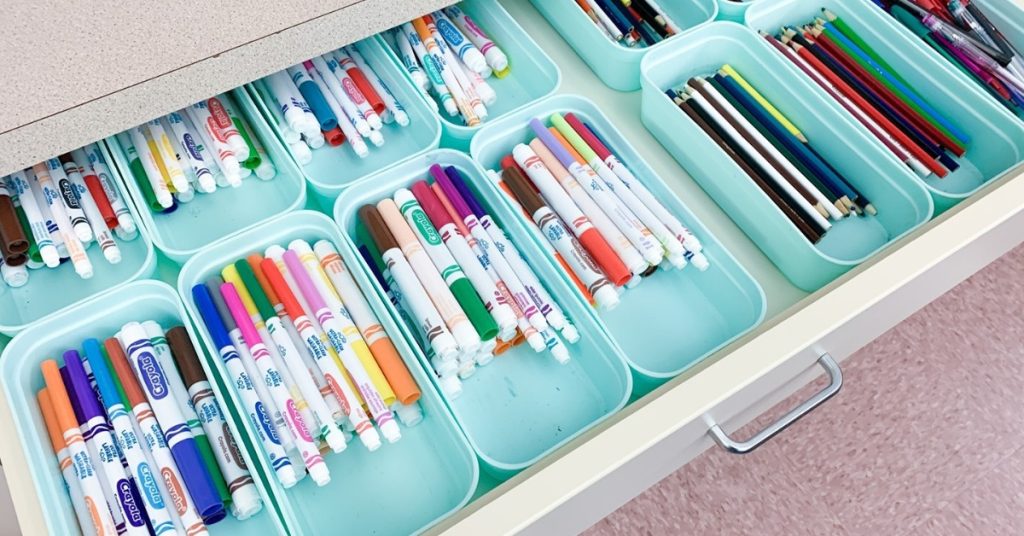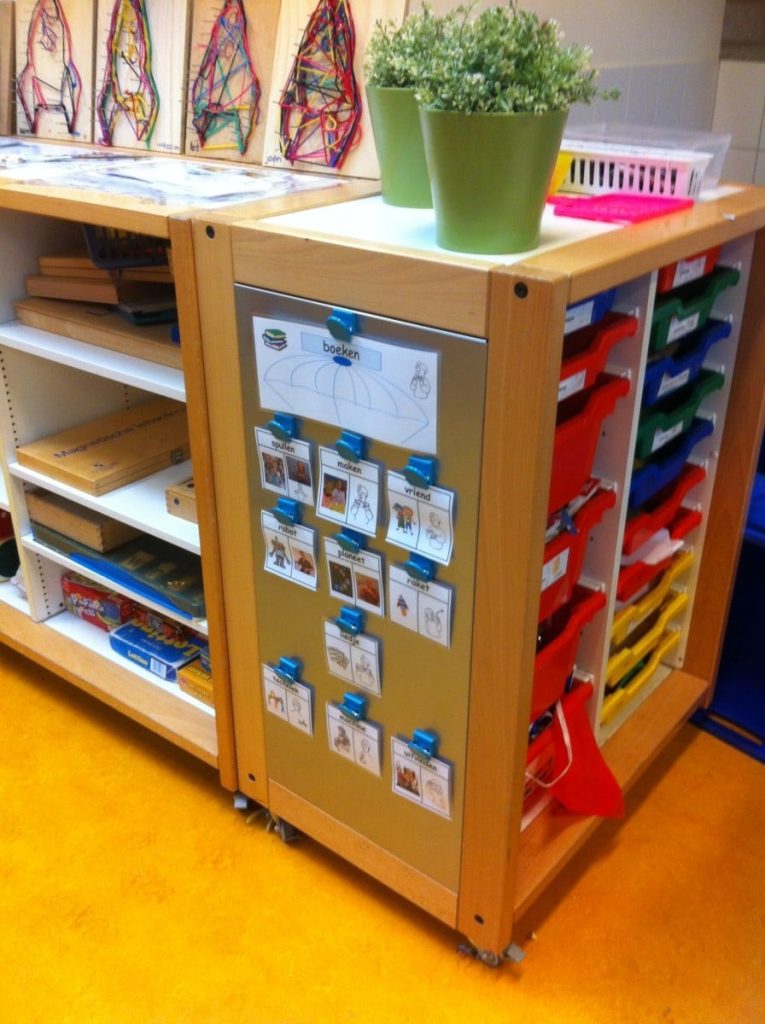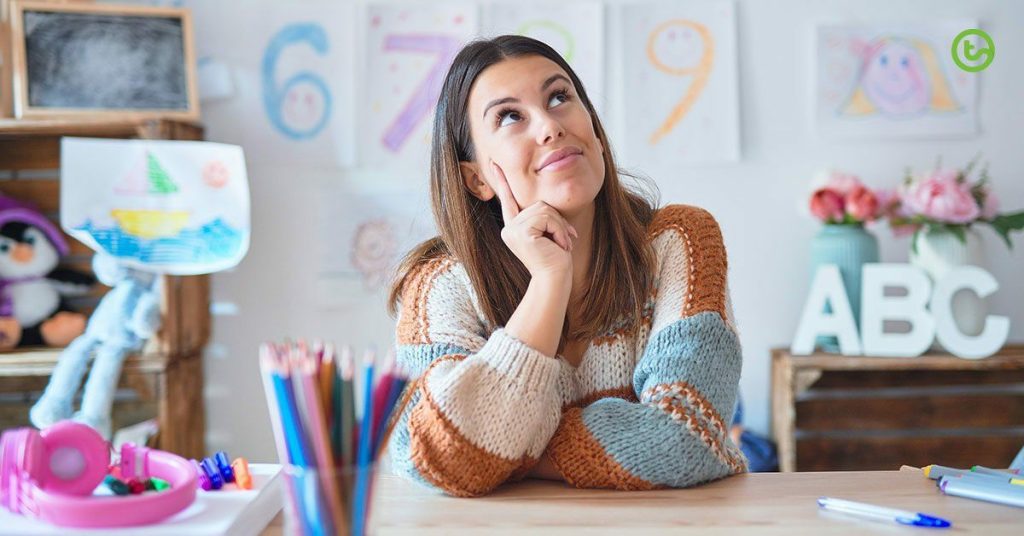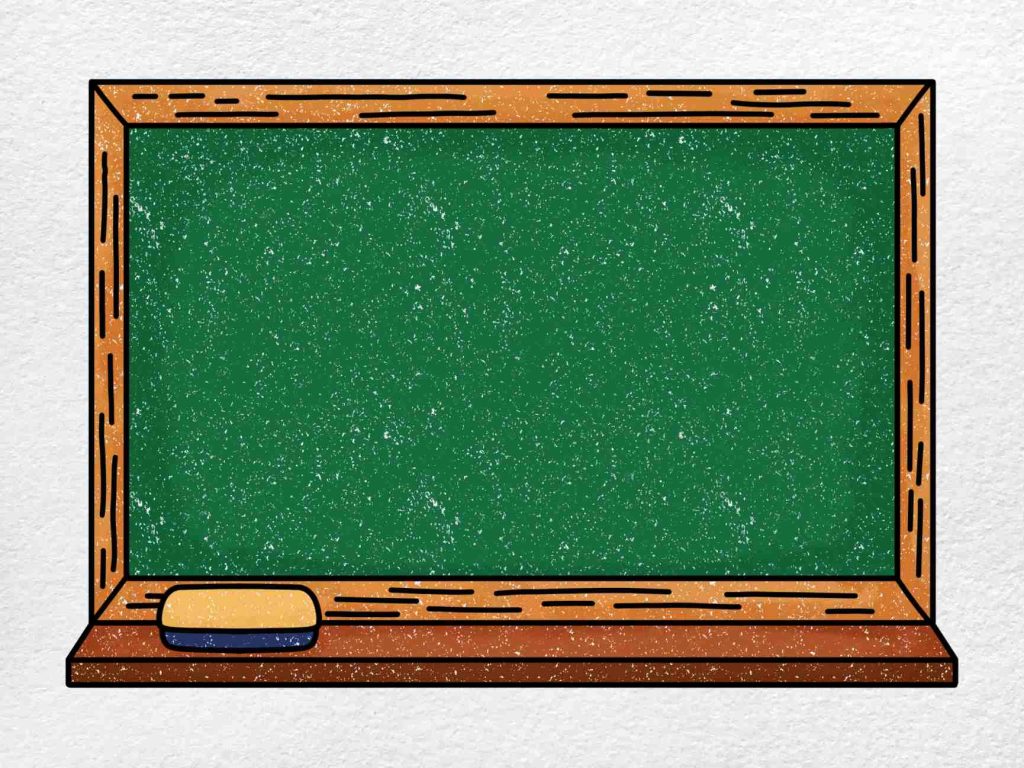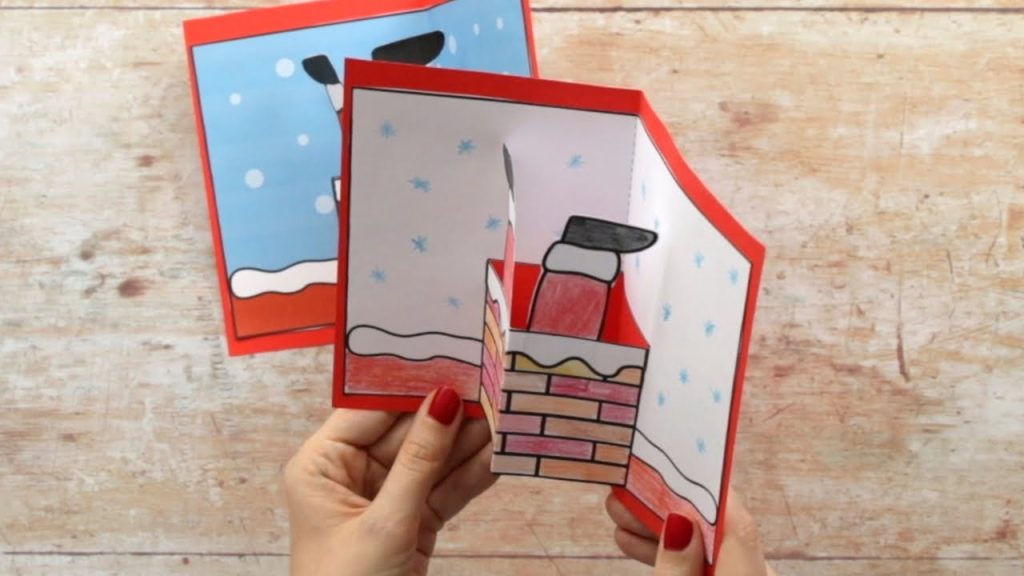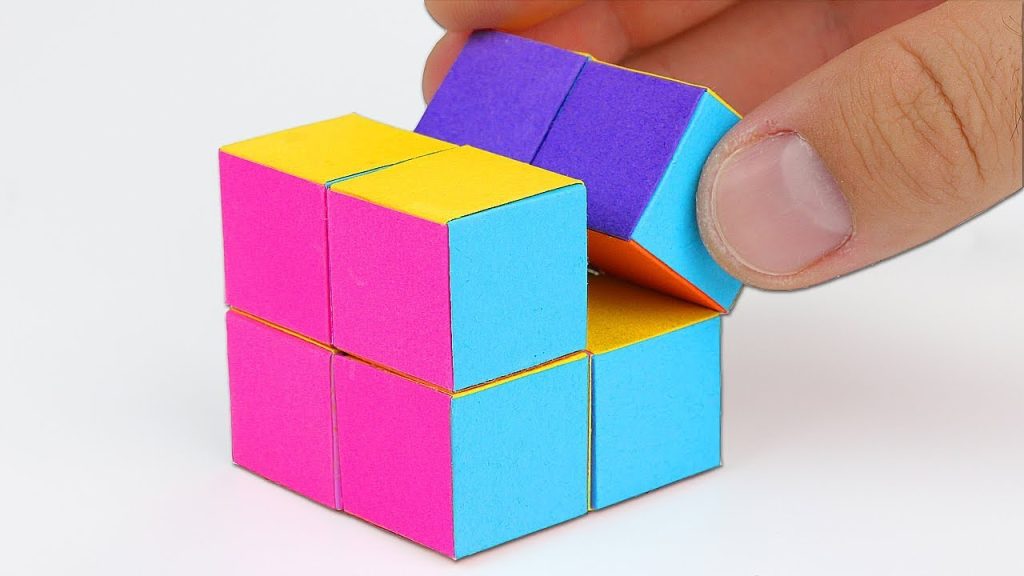The Robotic Orb Coding Challenge Task Cards are an innovative and interactive tool designed to introduce students and enthusiasts to the world of coding and robotics. Through a series of engaging challenges, these task cards help learners understand the core concepts of programming and problem-solving in a tangible and hands-on way.
The Robotic Orb in question is typically a spherical device that can be programmed to navigate obstacles, follow patterns, or change colors based on user input. The task cards guide users through progressively complex coding scenarios, encouraging them to think critically and systematically while having fun with robotics.
Each task card comes with a clearly stated objective, step-by-step instructions, and expected outcomes. They cover a range of topics from basic movement commands to advanced sensor integration. Users may start with simple tasks such as programming the Robotic Orb to move in a straight line before advancing to more challenging endeavors like creating algorithms for light-based sensor navigation.
One of the key benefits of the Robotic Orb Coding Challenge Task Cards is their adaptability to various skill levels. For beginners, these cards can demystify the principles of coding through hands-on interaction. Intermediate users can refine their skills by experimenting with more complex instructions and tasks. Advanced coders can use the cards as a launchpad for developing intricate programs that push the boundaries of what their Robotic Orbs can do.
Educators find these task cards immensely useful for classroom settings as they offer a structured approach to teaching coding. Students are not only learning computational thinking but also gaining skills in teamwork, communication, and persistence as they work through each challenge.
As educational tools continue to evolve with technology, Robotic Orb Coding Challenge Task Cards stand out for their ability to merge learning with play. By giving learners physical feedback through the robotic orb’s actions, they make abstract coding concepts concrete and approachable, paving the way for the next generation of innovators in science, technology, engineering, and mathematics (STEM) fields.


